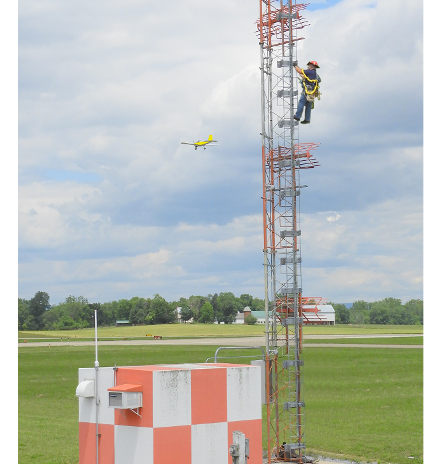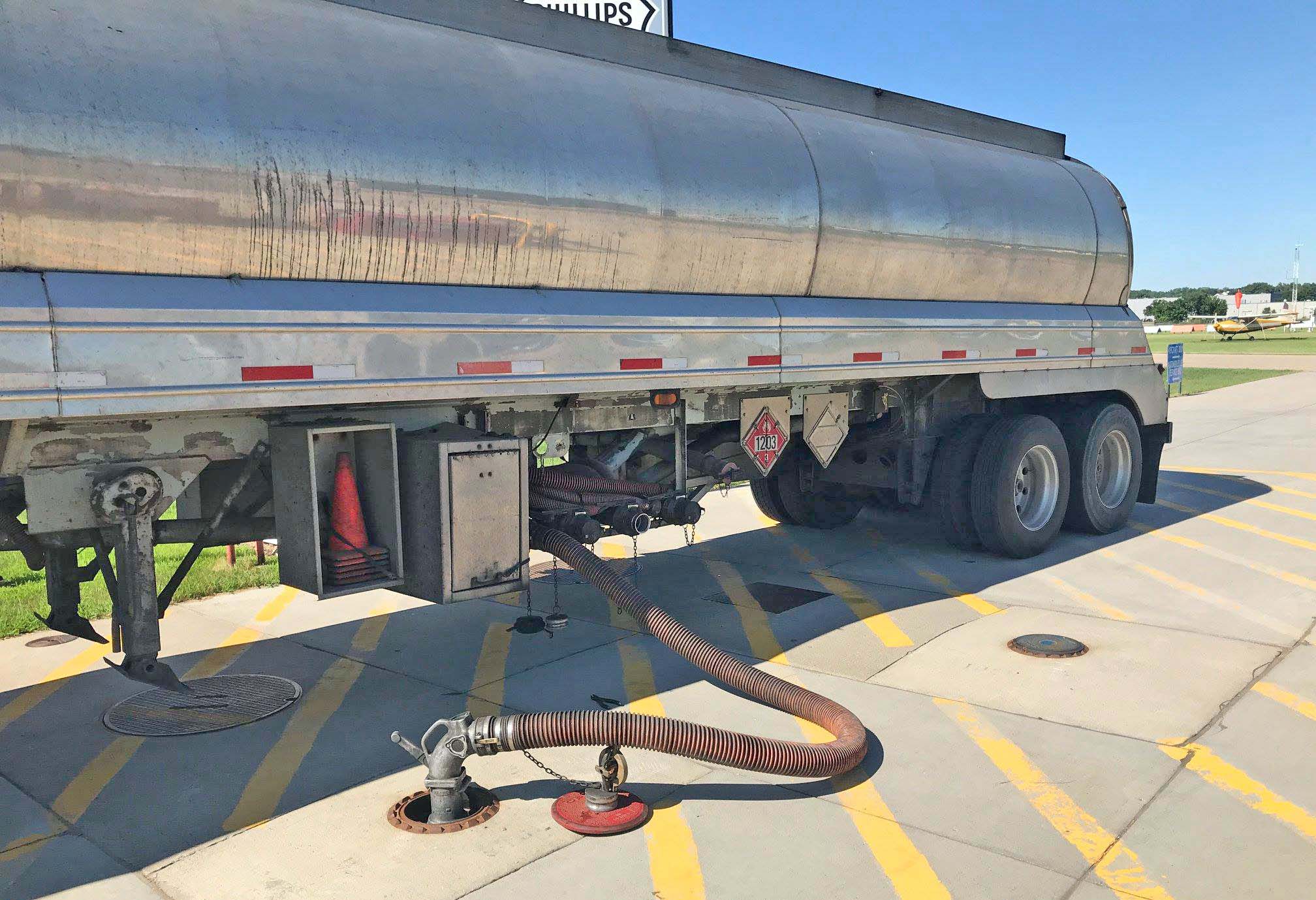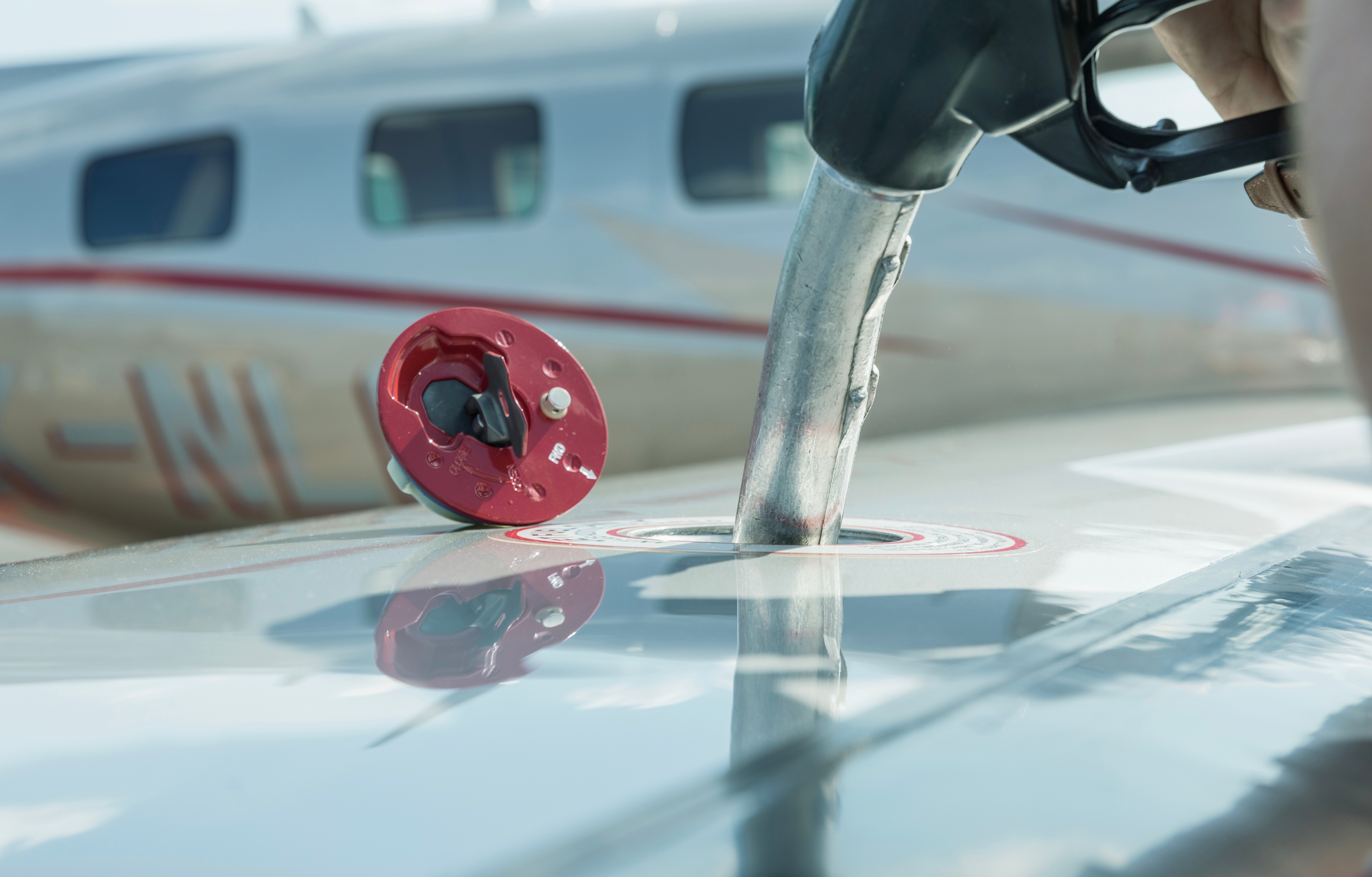
Running an airport can be a risky endeavor, but there are numerous steps cities and airport operators can take to help avoid legal issues. At the 2018 Minnesota Airports Conference, risk management attorney Chris Smith with the League of Minnesota Cities and John DeCoster, associate vice president with Landrum & Brown, shared their top strategies for preventing legal problems.
- Require contractors to have insurance. It may sound simple, but even in small projects something could go wrong, so insurance is always essential. Common types of insurance include workers’ compensation, employers’ liability, commercial general liability, and business automobile liability. Specialized projects may require additional insurance coverages such as aircraft liability insurance, hangar keeper’s liability insurance, builders risk insurance, or professional liability insurance.
- Establish insurance minimums. The minimum recommended amount of coverage is $1 million per occurrence for all the coverages, while $2 million per occurrence is a more common requirement. In some instances, even higher limits may be required. “Think about what the particular risks are for each project, and then determine what types of insurance to have and how much coverage,” Smith said. “Some things are inherently more risky and warrant higher coverages.”
- Always have an indemnification provision. A contract’s indemnification clause is the single most important provision because it shifts some of the risk to the contractor. When this clause is included, the contractor is required to defend the city, compensate the city for loss or damage, and hold the city harmless. “Anytime someone gives you a contract to review, this is what you should look for,” Smith said.
- Require an “additional insured” endorsement. It’s important that a contractor’s insurance policy be endorsed to add the city as an additional insured. “Being a certificate holder for a contractor’s Certificate of Insurance conveys no rights – it’s meaningless without an endorsement,” Smith said. “Being endorsed as an additional insured works with the indemnification provision in a contract to reinforce the risk transfer to the contractor.”
- Establish minimum standards. Minimum standards should include policies, guidelines, rules, and regulations for the businesses and individuals conducting commercial aeronautical activities on airport property. “We’re finding more and more that minimum standards provide the playbook that allows you to effectively administer your airport,” DeCoster said. “They help you avoid conflict, define enforcement action, and avoid legal and Part 16 claims.”
- Refine tenant leases and contracts. Key points to include in your tenant leases and contracts are term and commencement, reversion or removal, rent and escalation provisions, tenant improvement requirements, insurance and indemnification, and allowable uses. “For example, I’ve seen people storing yachts, pontoons, and RVs in hangers instead of aircraft,” DeCoster said. “Having a contract that defines allowable uses for hangers gives you a way to ensure hanger space is used properly.”
- Prioritize 5010 inspections. These state inspections verify that an airport meets minimum safety requirements and are the primary source of published information about your airport. A problematic 5010 inspection could raise unwanted red flags with the Federal Aviation Administration, causing it to restrict approaches or place limitations upon the airport. “It may be easy to blow off or discount these inspections, but the reality is that if there is a finding you need to take action, correct it, and file notice. The problem is not going to go away on its own,” DeCoster concluded.


